How To Make Onion Flakes
5.0
(5)
Your folders
Your folders
Prep Time: 5 minutes
Total: 365 minutes
Servings: 7

Ingredients
Export 1 ingredients for grocery delivery
Instructions
Step 1
Peel and slice the onions. You can use a mandoline to get really even, thin slices. The thinner the slices, the quicker they’ll dry. Aim for 1/8 inch at the thickest.
Step 2
Lay the fresh chopped onion over the dehydrator trays in a single layer, taking care not to make them overlap too much, and then dehydrate at 66ºC/150ºF for 6-8 hours (if high humidity, around 80%) or 4-6 hours (if low humidity).They are ready when they snap when trying to bend. If they're at all pliable, they need more time.
Step 3
Spread the onion pieces over parchment-lined baking sheets, making sure the pieces don't overlap too much, and then place in the oven at its lowest temperature. It's best if it's between 130-150ºF (54-66ºC).If your oven doesn't go as low as that, then choose the lowest temperature and prop open the door with the handle of a wooden spoon or something similar, to allow for better airflow and for the steam to escape as the onion dehydrates.Check on the onion hourly, optionally flipping it over a couple of times, to dry it faster. Remove from the oven when it snaps rather than bends.
Step 4
Place the onion slices on a large kitchen towel/cloth or paper-lined baking tray and leave them in a well-ventilated area ( air circulation is needed!), near a window (if possible).This option is best for warmer, non-humid climates with lots of sunshine. Colder and more humid areas will affect the drying time.Flip the onion pieces a few times to speed up the process. This method can take a few days based on the onion's thickness, weather, and humidity. They're ready when the onions are completely dry.
Step 5
Store the dehydrated onion flakes in airtight glass jars, and keep them in a cool, dry, and dark location - like a kitchen cupboard.
Step 6
The flakes will keep well indefinitely in an airtight jar in your kitchen, as long as it remains 100% moisture free! You can also place some uncooked rice or beans into the container, which will absorb excess moisture and stop them from clumping. They’re best when used within the first year, though, as the flavor will deteriorate after that, I've found.
Top similar recipes
Curated for youYour folders
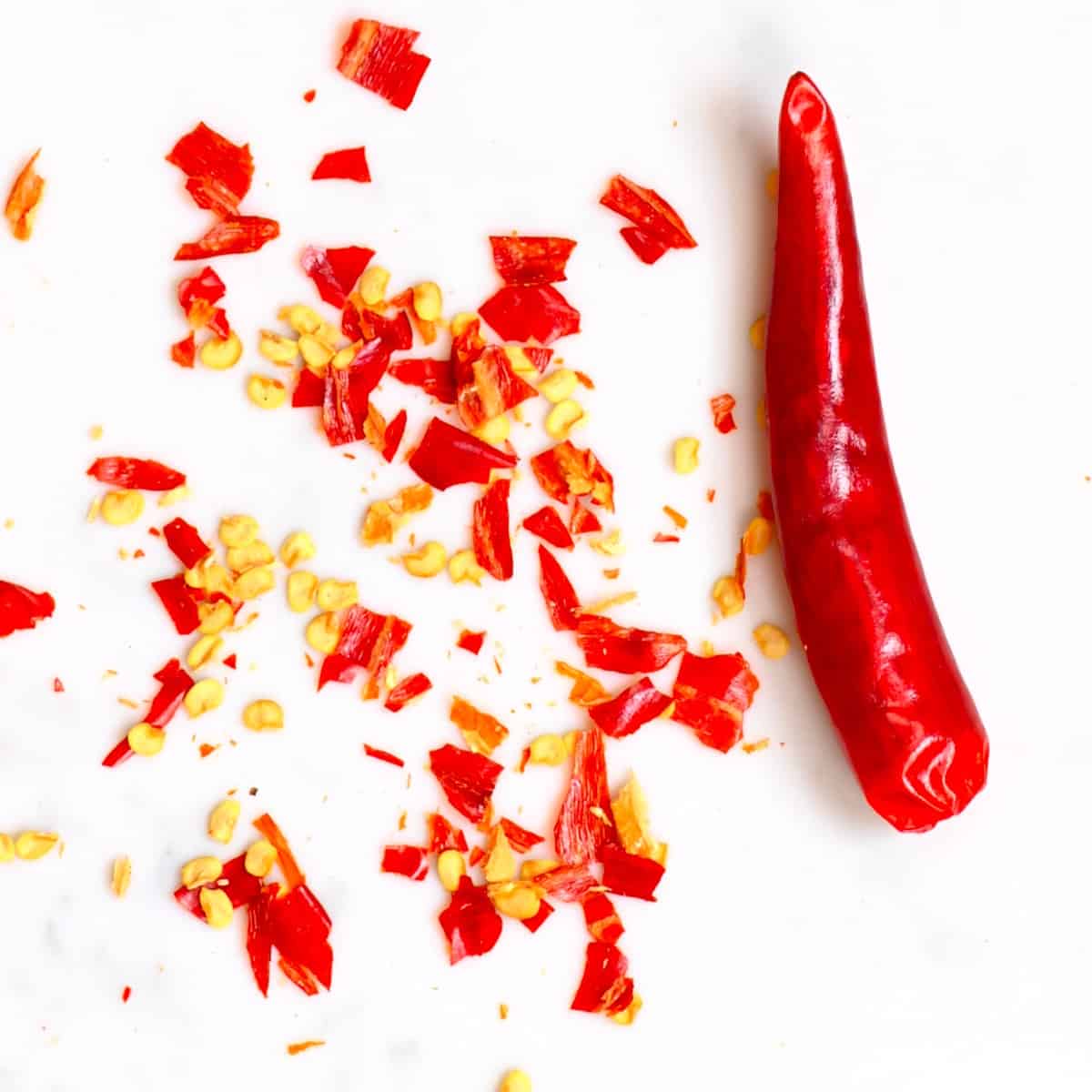
 565 views
565 viewsHow to Make Chili Flakes
alphafoodie.com
5.0
(3)
360 minutes
Your folders
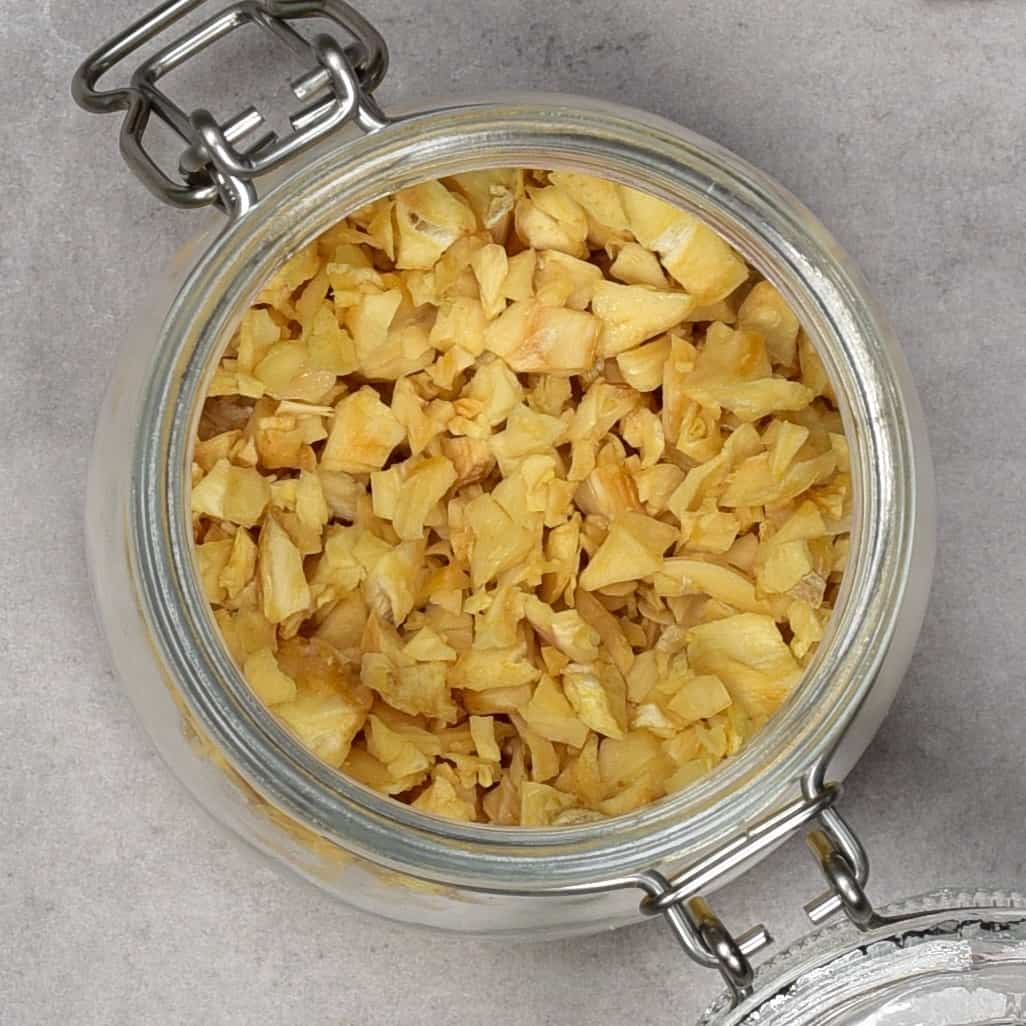
 234 views
234 viewsHow To Make Garlic Flakes
alphafoodie.com
5.0
(4)
Your folders
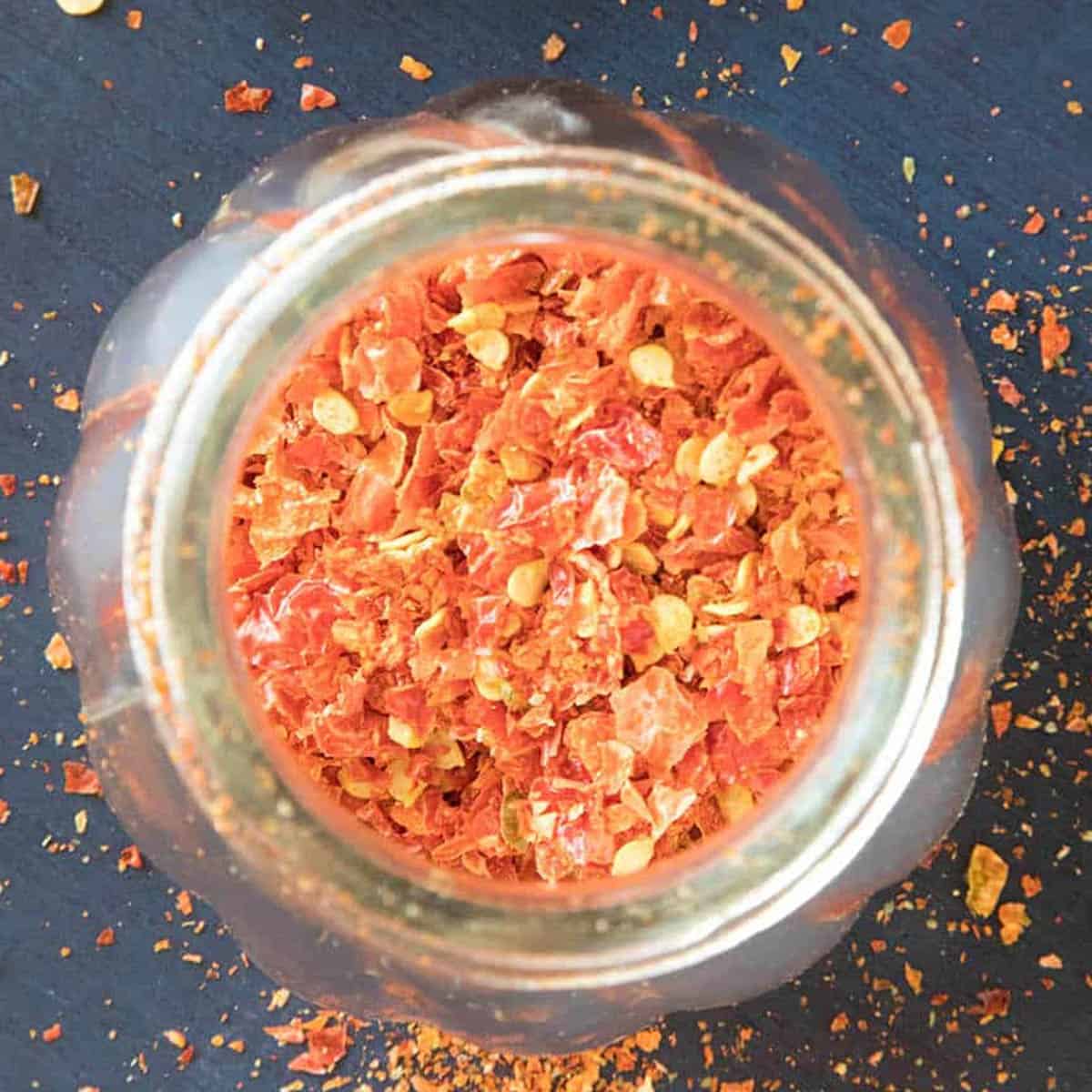
 140 views
140 viewsHow to Make Homemade Chili Flakes -...
chilipeppermadness.com
5.0
(13)
720 minutes
Your folders
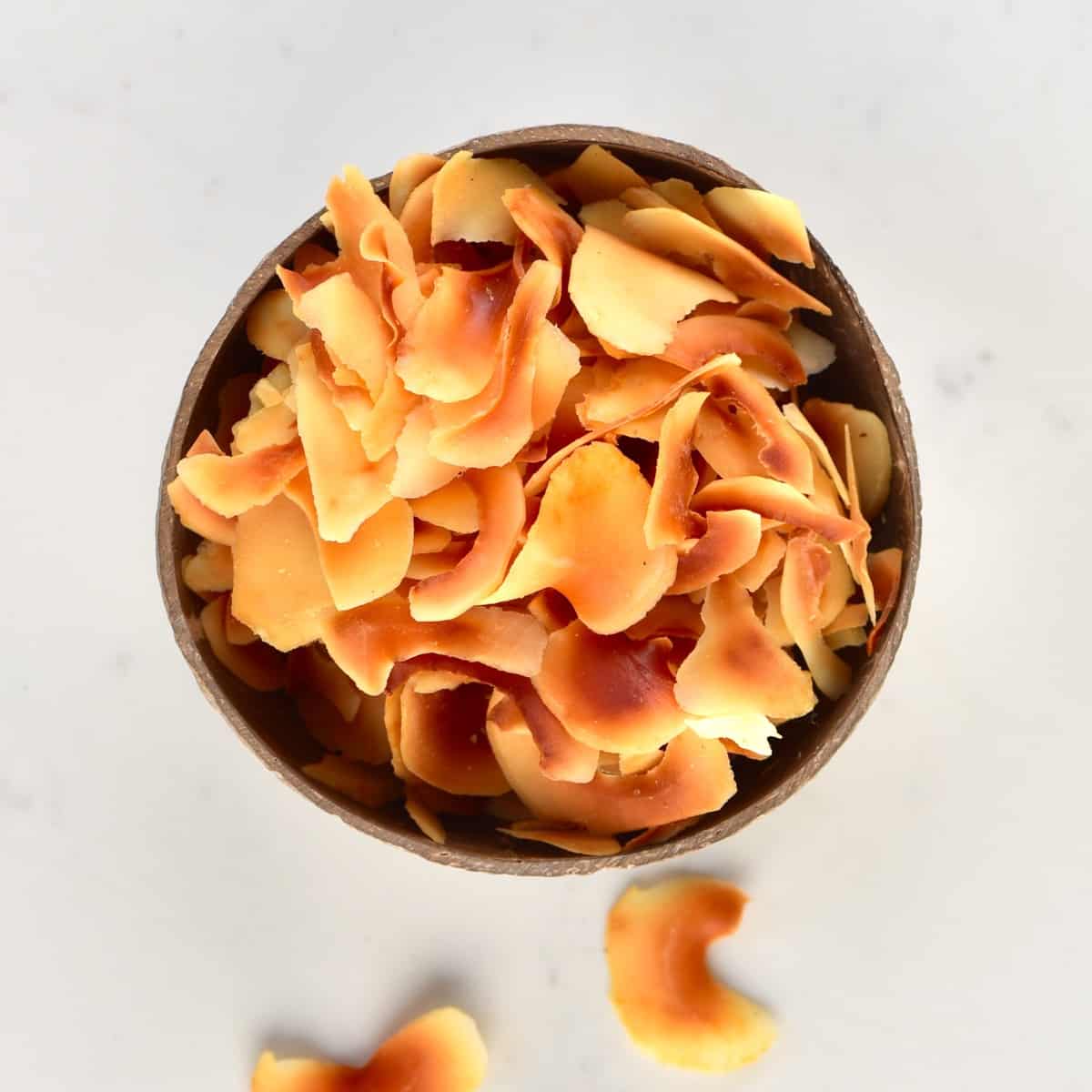
 219 views
219 viewsHow To Make Coconut Flakes (Coconut...
alphafoodie.com
5.0
(7)
60 minutes
Your folders

 330 views
330 viewsHow To Make Onion Powder
alphafoodie.com
5.0
(5)
Your folders

 389 views
389 viewsHow to Make an Onion Pique
culinaryhill.com
5.0
(1)
1 minutes
Your folders

 526 views
526 viewsHow to Make French Onion Dip
thepioneerwoman.com
Your folders
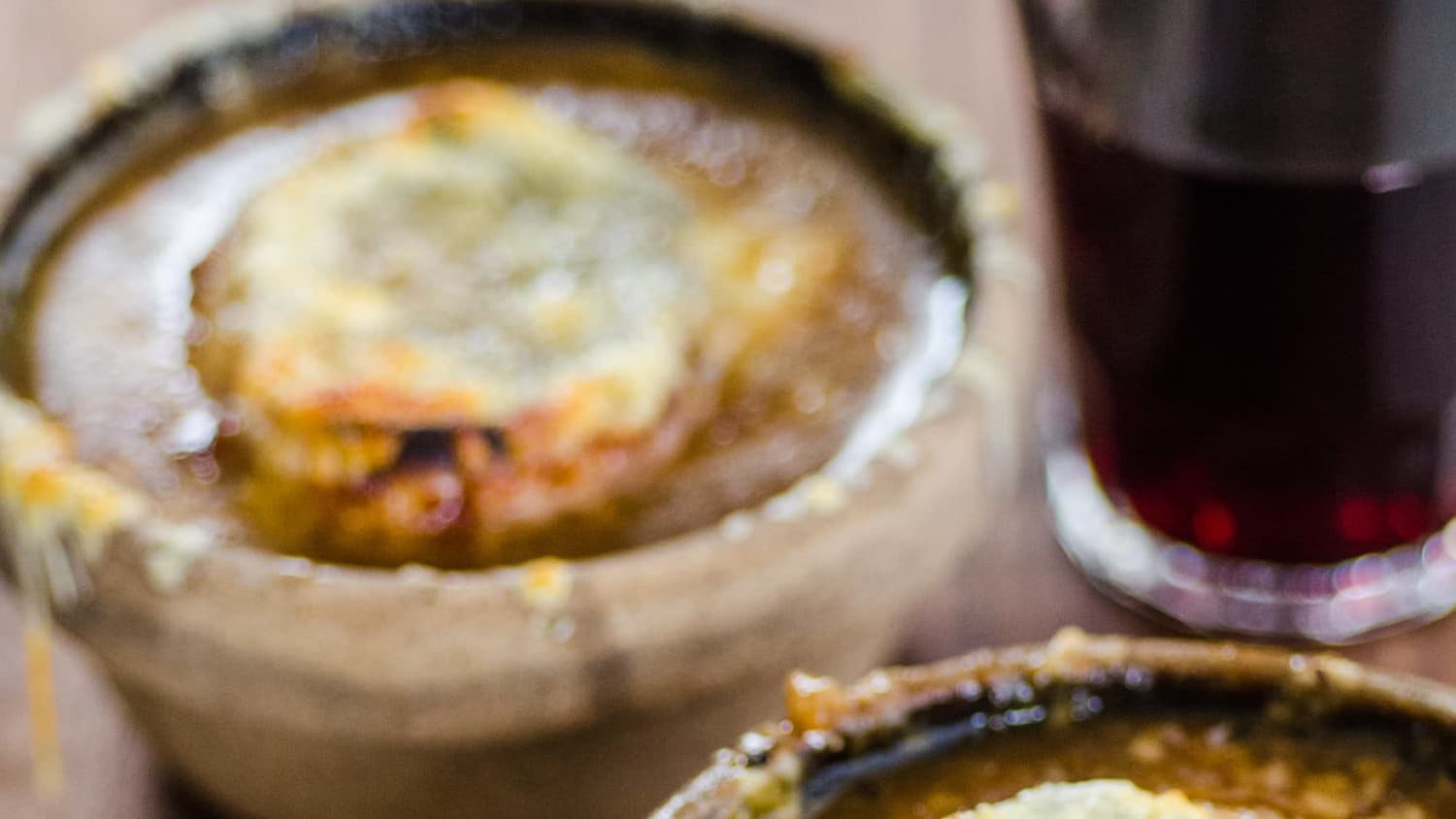
 364 views
364 viewsHow To Make French Onion Soup
thekitchn.com
4.5
(11)
Your folders
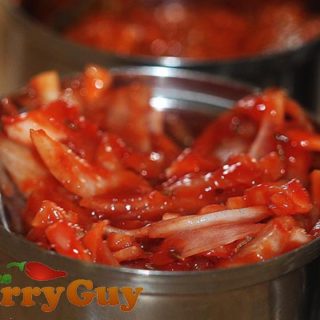
 189 views
189 viewsHow To Make Cold Onion Chutney
greatcurryrecipes.net
4.5
(125)
Your folders

 452 views
452 viewsHow to Make Vegan Blooming Onion Pe...
gardengrubblog.com
10 minutes
Your folders
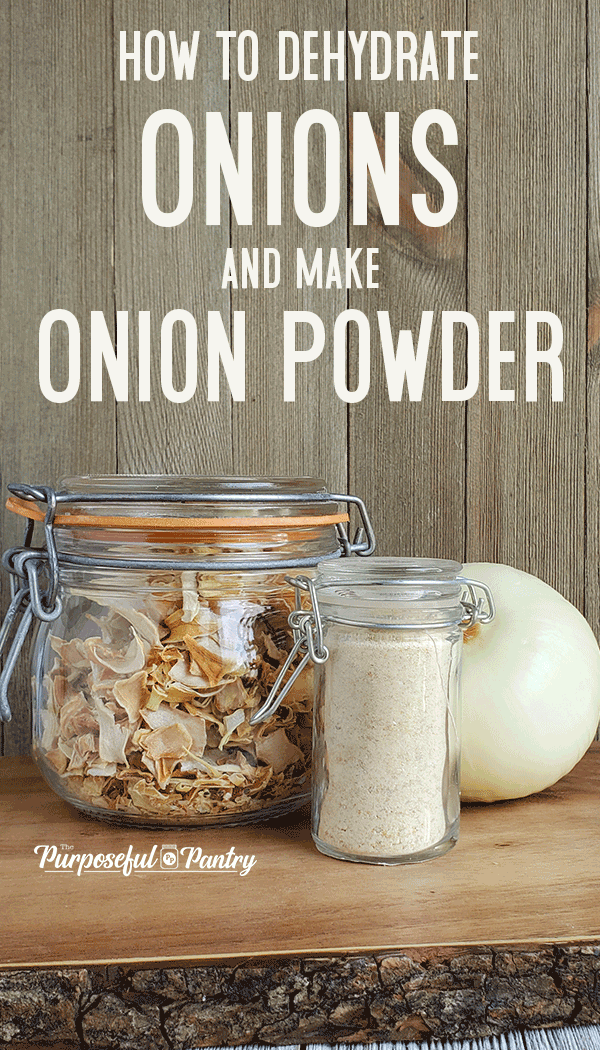
 289 views
289 viewsHow to Dehydrate Onion and Make You...
thepurposefulpantry.com
2.9
(11)
Your folders
 63 views
63 viewsHow to Dehydrate Onion and Make You...
thepurposefulpantry.com
Your folders

 192 views
192 viewsHow to Dice Onion
healthyseasonalrecipes.com
5.0
(2)
Your folders
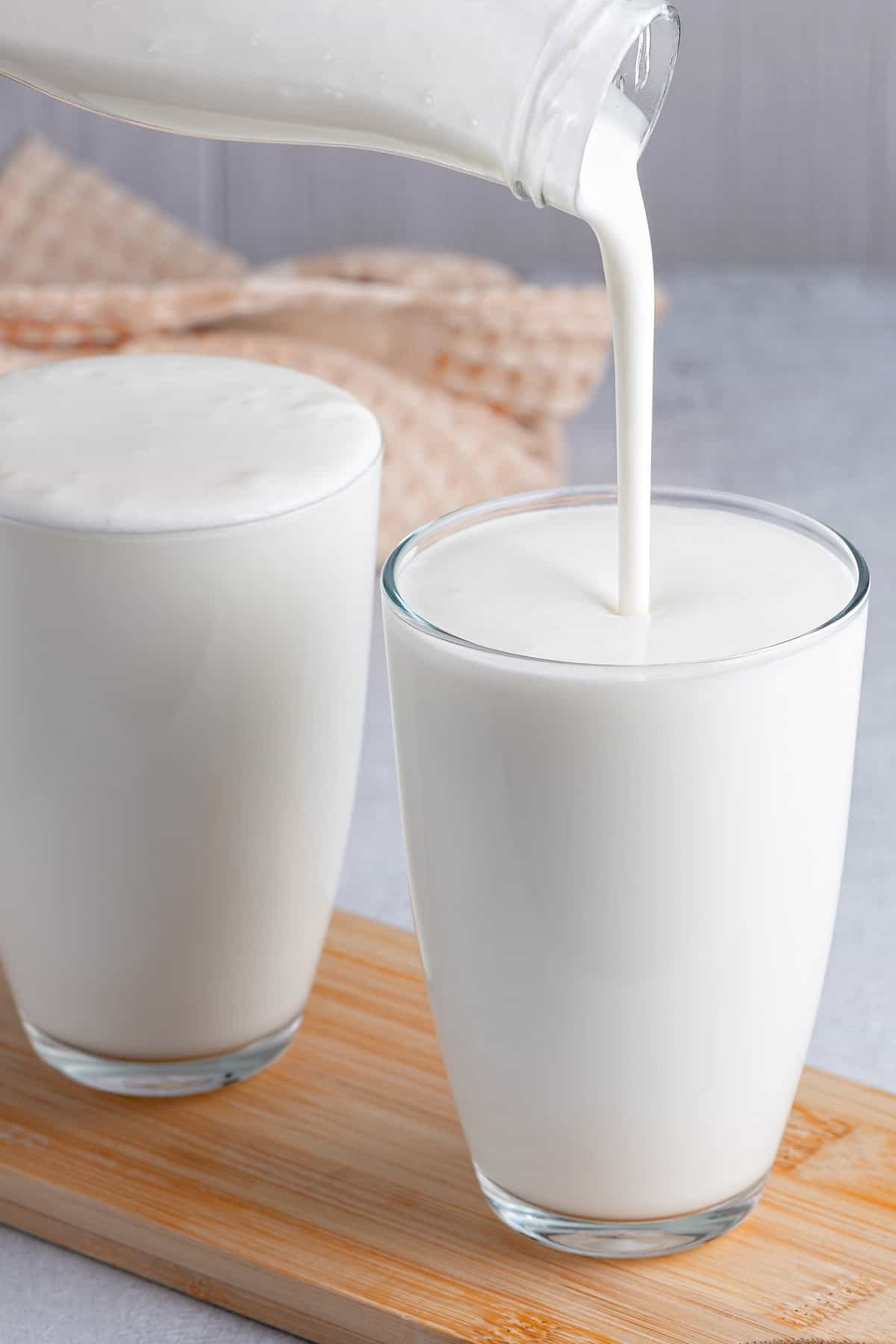
 302 views
302 viewsHow to make buttermilkHow to make b...
thekitchenmagpie.com
Your folders

 262 views
262 viewsHow to Make GlueHow to Make Glue
onecrazymom.com
Your folders
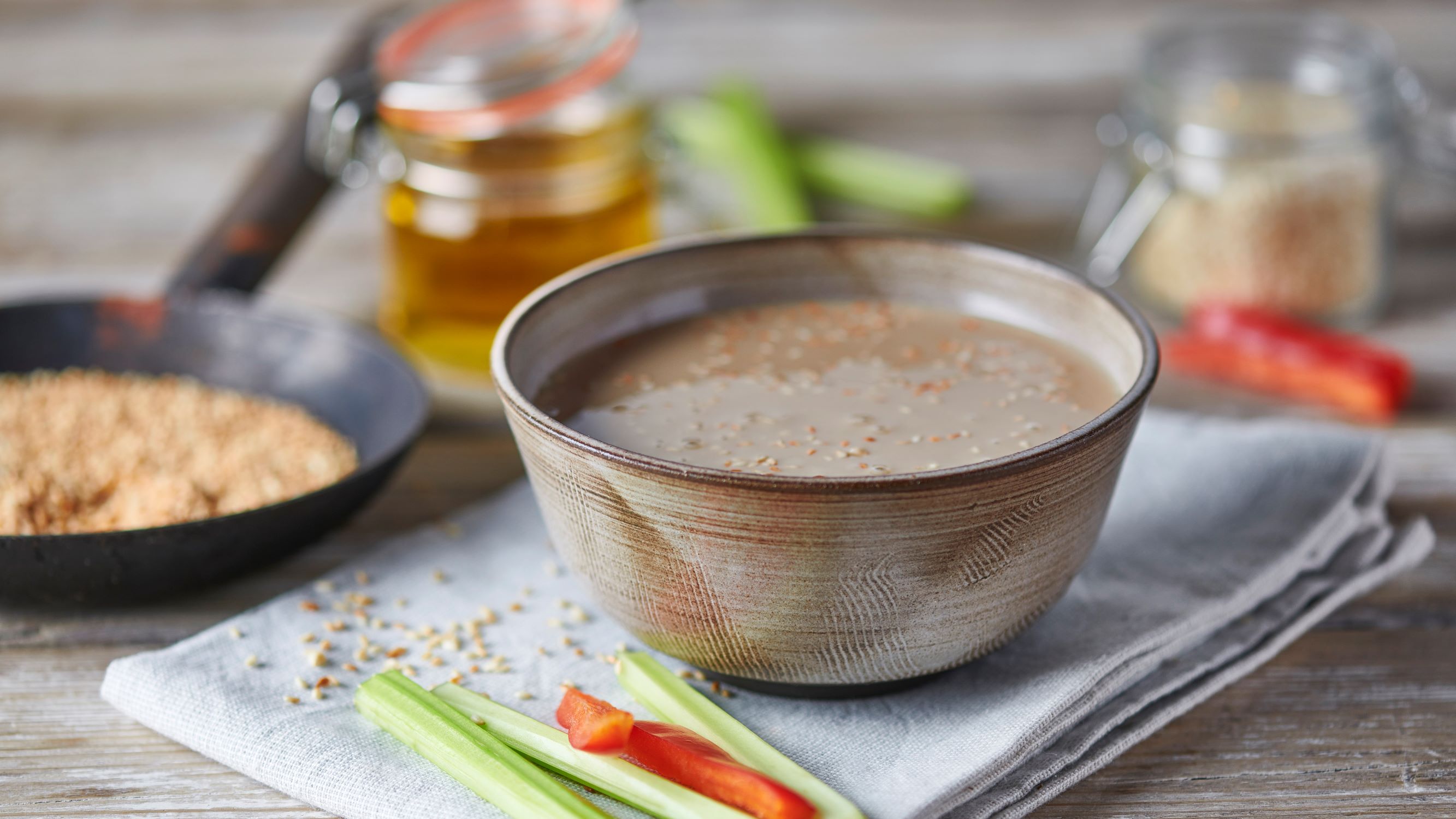
 331 views
331 viewsHow to make tahini
bbc.co.uk
10 minutes
Your folders
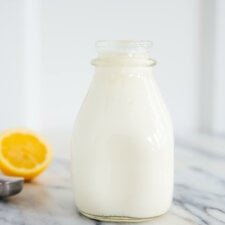
 424 views
424 viewsHow to Make Buttermilk
cookieandkate.com
4.7
(6)
Your folders

 393 views
393 viewsHow to make bouillabaisse
gourmettraveller.com.au
1 hours, 30 minutes
Your folders
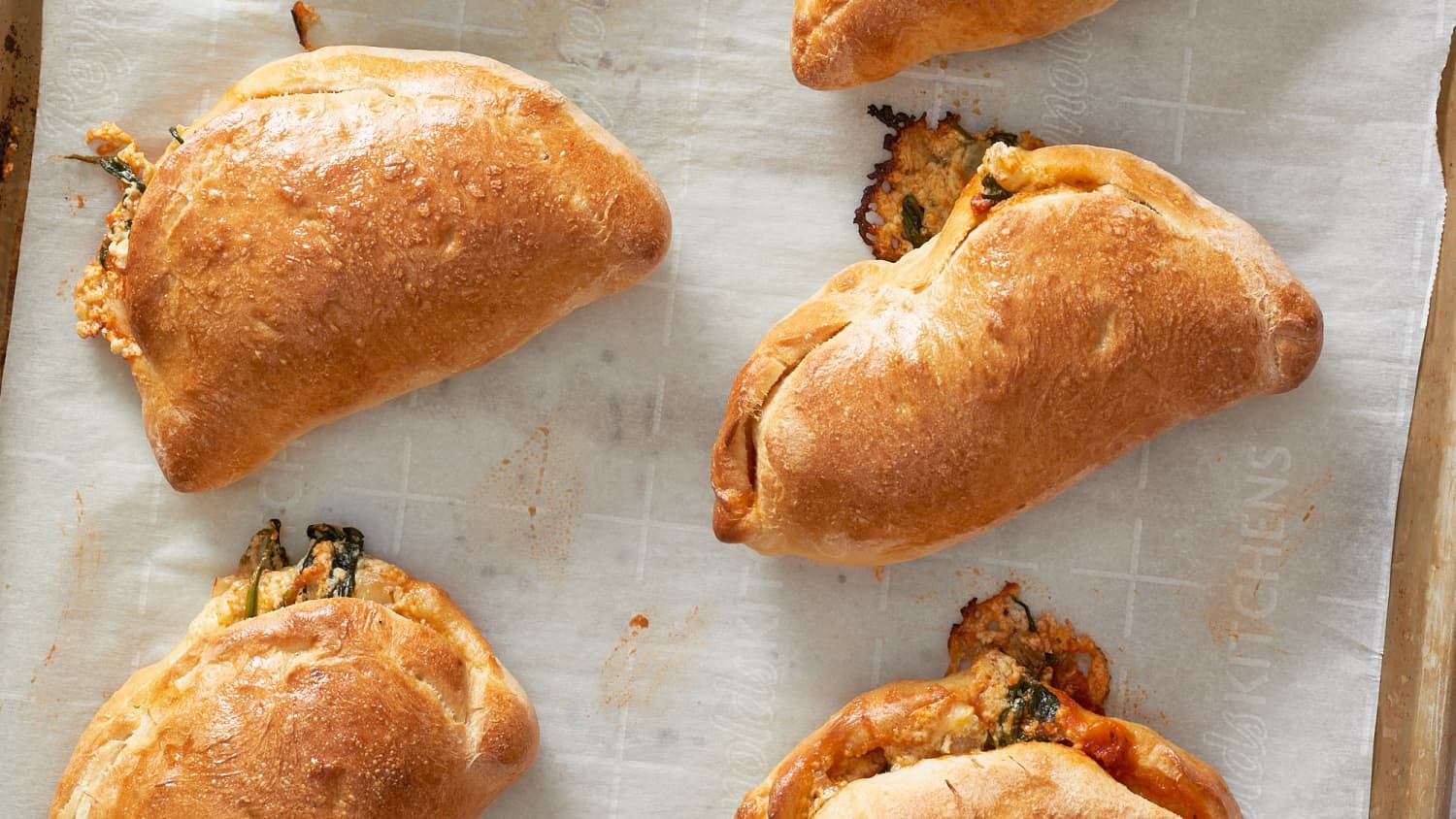
 355 views
355 viewsHow To Make Calzones
thekitchn.com
4.0
(3)